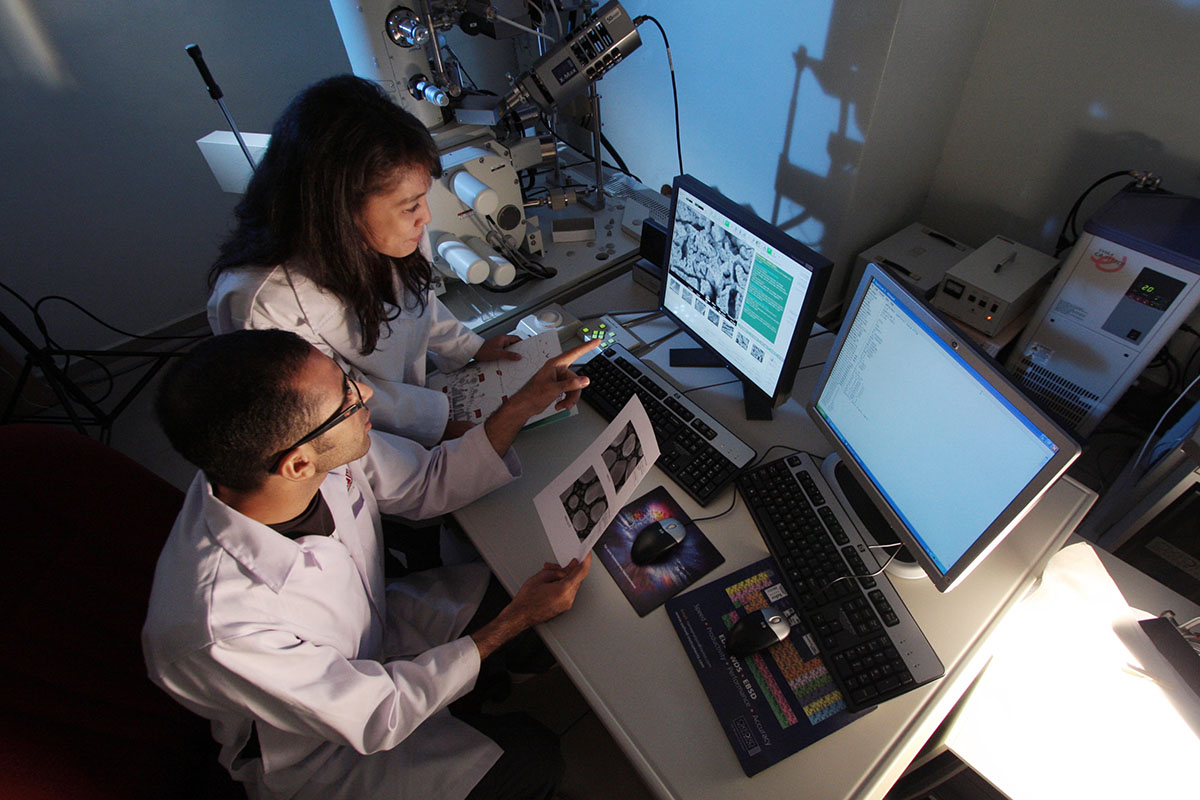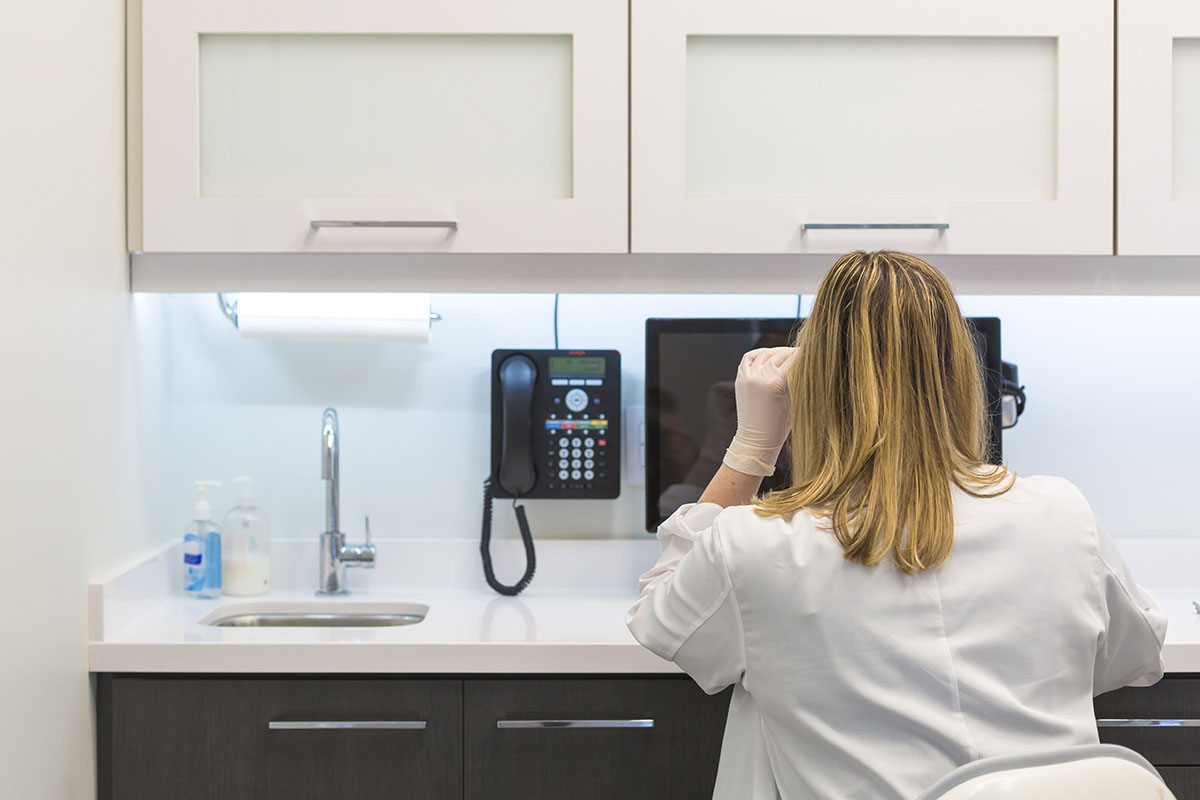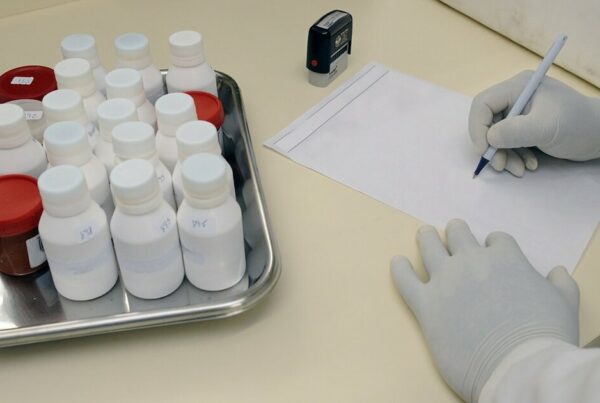In clinical trials, electronic data capture (EDC) systems are at the heart of most research efforts that involve collecting medical and study information on human subjects in real-time as the clinical trial progresses. In this article, we will look at what an EDC system is, the most common features of an EDC system, the benefits of using an EDC system in clinical trials, and the difference between EDC and ECRF. In addition, we will also discuss some of the most commonly used EDC systems in clinical trials.
Understanding EDC Clinical Trials
Electronic data capture, or EDC, is a digital record of events, outcomes, and subject-reported information that clinical trials collect. Although there’s no one format that all institutions use when it comes to creating and using electronic data capture systems, they typically consist of two primary parts:
- An electronic case report form (eCRF)
- A database where trial administrators store and maintain data from these forms.
For example, EDC clinical trials can collect demographic information about participants, as well as their medical histories—both past and present—and whether or not they adhere to study requirements like medication schedules.
Electronic data capture systems provide both data quality and consistency, meaning that they can be used in all locations where clinical trials are conducted with no adverse impact on trial integrity. However, some EDCs are not as straightforward to use as other formats like paper-based questionnaires or in-person interviews.
Because of their complexity, you may want to seek out a clinical research organization (CRO) that specializes in EDCs or has experience with them if you’re interested in learning more about how they can benefit your clinical trial.
The advantages of electronic data capture should be considered carefully before you decide to implement an EDC for your clinical trial. For example, because EDCs are digital, their content can be accessed anywhere and at any time with internet access.
That makes them ideal for international and remote trials as well as those conducted outside a CRO’s normal working hours or over weekends. They’re also easier to track than paper-based questionnaires and can increase compliance by providing participants and site staff members with more up-to-date information about study requirements and status.
What is EDC in Pharma?
The aim of an EDC system is to improve efficiency by making it easier for researchers, clinicians, operations staff, and site staff to access essential data while minimizing errors in data collection. Using an EDC system for pharmaceutical clinical trials makes it easier to integrate data from a variety of sources, which results in quicker access to information. This can help teams make better-informed decisions and ultimately expedite clinical development.
Another benefit of using your EDC is that it helps ensure data security, as all information is backed up at least once daily, and more frequently during collection. They are also easy to update – if you’re conducting a trial on several drugs or patient populations, for example, you can add relevant information with just a few clicks in a central database. This means changes can be made instantly across multiple documents, which helps to eliminate errors.
EDC systems also help improve compliance by streamlining data collection from sites and lab analyses. They may also help speed up development by providing tools to compile and organize information for regulatory submissions such as FDA submissions.
Why Are EDCs Needed For Clinical Trials?
A clinical trial is a scientific study of people who volunteer to receive treatments that are being tested to see if they are safe and effective. Because there are many clinical trials in different phases and with different objectives, a system is needed to keep track of all that information.
One way clinical studies collect data is through electronic case report forms (eCRFs). Case report forms have been standard practice in Phase II and Phase III research for years. These days, though, electronic data capture (EDC) systems offer significant advantages over paper-based processes. Using an EDC can greatly reduce costs and time spent on reporting, as well as improve patient safety by more easily detecting adverse events earlier during a study.
One big advantage is that eCRFs make it easier to record adverse events and communicate them with other stakeholders. Since large clinical trials can span many countries, regions, and time zones, it’s important for events to be reported quickly and accurately in order to ensure patient safety. Also, eCRFs have already been adopted by regulators such as FDA as part of their Good Clinical Practice guidance on improving data quality in clinical studies.
EDCs should be capable of tracking relevant clinical study data, such as treatments and vital signs. eCRFs cover all aspects of trial enrollment and participation, but that’s just one part of an EDC. There are three basic phases in any clinical study:
- Patient recruitment
- Data collection
- Analysis, quality assurance, reporting, and closeout
Differences Between ECDs And ECRFs
ECRFs contain electronic records which are to be completed and signed by each clinical trial participant at specific times during their participation in a clinical trial. The ECRF contains details of both parties’ responsibilities under a clinical trial.
ECRFs can either be stand-alone or part of an integrated Electronic Data Capture (EDC) system. The main difference between an ECD and an ECRF is that participants are required to provide specific data, within a time limit, for each event defined in the study protocol via an ECRF, but not via an EDC system.
While an ECRF collects information from each participant separately, an ECD provides a centralized system for collecting patient data. Using an EDC reduces potential duplicates by avoiding multiple entries for each participant, thus making data analysis simpler and easier.
On top of that, if technical problems arise during the input or export of data from one device to another, there is no need to re-enter every piece of data manually; faulty records can be excluded automatically instead. Finally, as it allows for backups in case records are lost or corrupted, you don’t risk losing any of your participants’ personal data.
If a researcher wants to collect specific data from each participant in a clinical trial, an ECRF is more efficient than an ECD system. On top of that, participants are more likely to complete studies if they are provided with a high level of privacy and anonymity, it’s easier for them to trust and rely on ECRFs.
How do you Use EDC Systems for Clinical Trials?
Electronic data capture, or EDC, systems are used in clinical trials to help researchers enter and manage data from study participants. This can be done through multiple means such as a paper form or electronically via tablets or computers. Every study needs some sort of system for entering data, but each approach has its own pros and cons.
Data collection for EDCs can be in multiple formats, such as questionnaires that are completed by a researcher on-site or an online survey filled out at home by a patient. Most people think of surveys when they hear EDC but there are also other options like real-time data entry (RTDE) and real-time eligibility (RTE).
These two processes allow study teams to conduct examinations and tests and immediately enter or update results into the EDC. This allows researchers to track information without having to wait for each participant to physically report their data.
Another function of EDC systems for clinical trials is as a central data repository, where information from multiple studies is stored. This allows researchers to share data across a number of studies, which helps with understanding how certain drugs may work or if there are any associated side effects.
When combined with other technologies like barcode scanners, an EDC system can store and track much more complex data than just patient-level details. There are no limits on what kind of information an EDC system can contain, and many are designed to be able to handle any type of clinical trial data you might need.
There are multiple tools that can help study teams manage an EDC system. These include logging in to a central database via computer, tablet, or smartphone, plus dedicated apps that keep track of your data and carry out tasks like data entry and verification.
It’s important to choose a good logging tool as it makes day-to-day tasks much easier, particularly if you have limited experience using an EDC system. The best ones have preloaded scripts for common clinical trial activities such as questionnaires and eligibility checks so you can take care of these tasks without having to write them yourself.
Common Features of an EDC System
Every clinical trial requires some kind of structured data collection. This is why many organizations choose to use an electronic data capture (EDC) system to store trial information, including patient data and objective results, such as whether a drug is effective.
The first feature that you should know about is that EDC systems must be able to interact with clinical research software—in other words, they have to be integrated into the existing IT infrastructure. All of these systems offer basic compliance services and are able to log changes made by users, so anyone can audit all changes made in real-time. Data from multiple sources can also be easily accessed through one single system and managed securely.
Additional benefits of using an EDC system for clinical trials include security, convenience, and standardization. All trial data is processed through one system which makes it easily accessed by multiple personnel from any location with internet access.
This allows researchers to work from home or on location at a patient’s bedside, providing them with greater flexibility during trial periods. Also, as previously mentioned, different trials require specific information and different types of reports. Instead of keeping track of everything separately and manually inputting required data into a spreadsheet or a database afterward—which takes lots of time—EDC systems provide centralized information storage that can be easily accessed at any point in time.
Some clinical trials require just basic data input while others require more complex data. This is why some organizations need an electronic case report form (eCRF) instead of just an EDC system to manage trial information. Both can be used for storing important patient information, such as name, age, sex, and general health status. However, unlike EDC systems—which can be easily accessed from anywhere with internet access—eCRFs usually require users to manually input information on their computer screens. Therefore, many choose to use both systems together if their clinical trials have high levels of customization.
What are the Benefits of Using an EDC for Clinical Trials?
While EDCs are designed to help simplify electronic data capture and reduce human error, they don’t always offer a user-friendly interface. Certain patient demographics may complain that they’re too complicated or just not intuitive enough. You may need to provide basic training on how to use the program as part of the trial.
You are better able to protect your participants’ privacy and maintain compliance by using an EDC where users can enter their information in private. By incorporating workflows that automate data encryption, you can collect encrypted data from participants and store it securely on servers, with just one click—all without requiring them to remember a password.
You’ll also be able to track changes made during data entry through audit trails, so you can see what happened before, during, and after each phase of electronic collection. This will help keep your database up-to-date while also alerting you if there are any changes that might affect a participant’s eligibility or treatment plan. This will help your study to have more accurate study results as well.
Your patient’s data will be more accurate and consistent, thanks to intelligent built-in validation logic to prevent common data entry errors. When a certain condition is met during data entry, an action can be automatically triggered.
For example, if a patient’s weight is lower than it was on their previous visit, an alert might prompt you to manually review those results before submission. This is ideal for keeping your database up-to-date with no risk of manual error.
You’ll also be able to spend less time on data entry and more time doing what you do best. With an EDC system, you can collect your study data quickly and easily, so you don’t have to waste time manually entering it into a separate database or spreadsheet.
Many EDC systems allow you to input some information directly from an iOS or Android device—no need for a desktop computer! This will give your patients more options to enter their data.
Examples of Electronic Data Capture Systems
EDC software can range from custom programs to some of today’s most popular cloud-based software products. You should be familiar with most of these if you work in clinical research—but if not, here are some examples for you and your team to review: ClinCapture, TrialKit, FORM OpX, Marvin EDC
You can create or request an account to use for most of these programs to test them. Some software you will need to install on your computer or mobile device so you can start entering and managing data right away. There are other programs that are cloud-based that you can use in your browser.
Some of these products have what are called add-ons—different parts of their system designed for specific data collection tasks like surveys, questionnaires, and more. These components may need to be installed or paid for separately depending on your platform and software.
What’s nice about many of these systems is that they can be accessed from almost anywhere. You may have access to several different programs depending on your work responsibilities, but you’ll likely use at least one of them regularly if you work in clinical research.
It is important to understand how these tools work and what they do because their capabilities—and your ability to use them—may differ depending on your job duties. For example, some workers are expected to enter data as part of their job, while others aren’t involved with entering data at all. Knowing how each system works can help you get a better grasp on whether you need additional training or if any particular add-ons may affect how you perform certain tasks.
We’ve only looked at a few of today’s most popular EDC systems, but there are many more options available. You can take a closer look at an EDC system to get a better idea of how it works and whether you need any additional training to use it. Many EDC software programs will allow you to have a demo period.
EDC software companies usually offer some sort of training for current or potential users. By taking advantage of additional opportunities for learning, you’ll become even more familiar with these tools and be able to perform your job in an efficient manner that’s safe and effective for everyone involved in clinical trials. Using EDCs is a great way to help manage your clinical trial no matter how large or small your study is.









